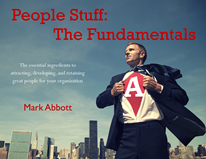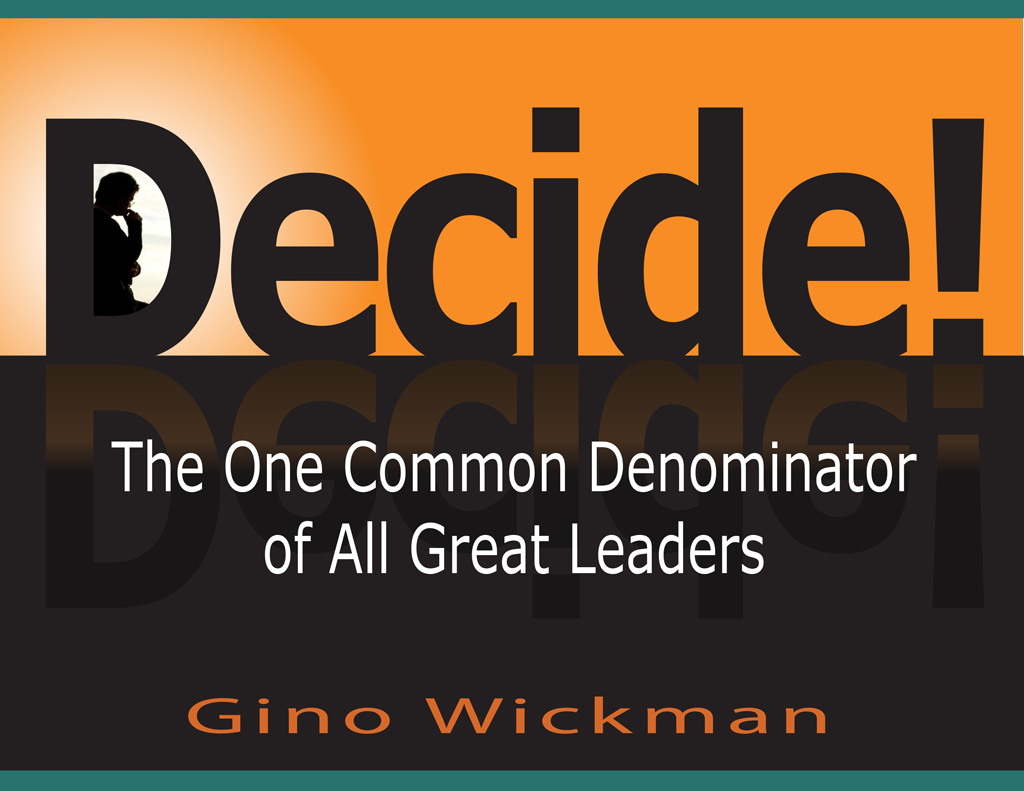Greetings! Today’s blog is the last in this series on inside/outside leadership pairs, or what we call Visionary and Integrator (V/I) pairs. (We love this topic; don’t be surprised if we return to it!) We hope you have found this series to be thought-provoking and maybe even a bit freeing. Our aim has been to help you gain some insight into who you are and what your organization might be missing if it is not being led by a strong V/I pair. We would like to conclude the series by sharing some parting thoughts regarding strong V/I teams versus the traditional CEO structure. The goal is share some examples that provide a little more context and depth and thus elevate the discussion from just theory to practice and insight.
Why Companies Fail
The main reason mature companies fail, according to David Thomson, author of Blueprint to a Billion and Mastering the 7 Essentials of High Growth Companies, is “blind passion.” Simply stated, these companies have leaders who fail to self-correct despite obvious evidence of changing customer needs and demands due to the economic cycle, technology, or some other factor. It is easy to see how blind passion could manifest—especially with a strong, outside-oriented CEO who is a true believer in the company’s vision and has set a clear course for taking everyone to the Promised Land. But what happens when things change? Who has the credibility and confidence to tell the emperor he is wearing no clothes? Who has built the early feedback systems and kept the scorecard to incontrovertibly demonstrate that the market has changed and it’s time to pivot? Who has built the systems and processes that can survive this hard pivot? The answer to each question is a strong Integrator. And, finally, what kind of team can pivot without losing serious credibility within its stakeholder ranks? A strong V/I team.
Stick to Your Role
One of my good friends, Rob Toomey, works with leaders, influencers, high performing teams, and organizations all over the world. His experience suggests that many companies that have gone by the wayside (Polaroid, Woolworth, Bethlehem Steel, Pan Am, etc.) either involved only an Integrator at the helm OR they had a Visionary who was dragged into the execution/logistics too much. The point being, you need to stay in position; if you’re the Visionary, do that.
Avoid the Hard Jibe
Rob also sees a significant amount of hard jibe leadership transitioning from Visionary to Integrator to Visionary in succession planning. An Integrator often comes up on the heels of a Visionary and then gets the helm for a while before the need for Vision kicks back in. This leads to companies getting jerked back and forth—eventually people turn a deaf ear to the changes and apathy sets in.
Why Companies Succeed
Building an enduring business is tough, especially today. Change is everywhere. The winners are constantly exploring and driving. Exploration is critical, whether it’s with regard to innovation, staying on top of your markets, staying close to your customers, or elevating your business model. Strong Visionaries do this consistently well across the board. At the same time, driving the business on a day-to-day basis is essential. Strong Integrators do this consistently well. Together, strong V/I teams are fully prepared for those defining moments where difficult decisions need to be made while juggling numerous balls, spinning multiple plates, and constantly putting scrambling chicks back into the box. When done well, you cannot help but applaud.
Pushing on the Status Quo and the power of “Good Cop, Bad Cop”
One of the great attributes associated with a strong V/I team is the Visionary tends to be the customer advocate—she really gets the customer’s pain points and wants to help. Since she isn’t overseeing engineering or operations or client service, she isn’t burdened by the status quo or the facts and is better-positioned than anyone else in the organization to push to make the impossible happen. The Integrator on the other hand, is burdened by what he knows and his relationships with his direct reports. For a host of reasons, he needs to be pushed to stretch the organization. He is often, but hopefully not always, the internal “good cop” versus the Visionary’s “bad cop.”
Leading by Example
As individuals, are any of us perfect examples for how our organization should lead and manage? Do we excel at demonstrating through actions, not words, how to build trust and how to master conflict? The beauty of a strong V/I team is that collectively they genuinely are exemplars of how to lead and manage; how to build trusting relationships where people respect differences and leverage each other’s Unique Abilities™; and how to approach things from two very different points of view by engaging in constructive conflict and avoiding stepping into destructive behavior.
It’s Lonely at the Top
Leading is a tough and lonely job. I am pretty sure that all of us who have held leadership positions know this and were probably surprised by how tough and lonely it can be. Don’t get me wrong, few of us would ever trade out a real position of leadership once we get it, but wouldn’t it be great if we had someone who we genuinely trusted and with whom we could talk about some of the tough issues we are facing? Wouldn’t it be great if they really understood the situation and the complexity of the trade-offs associated with our choices? Wouldn’t it be great if we had access to such a person 24/7? And wouldn’t it be great if they weren’t wired like us so they brought a different point of view? You get all of these things when you are part of a strong V/I team.
Do you have great examples of situations where having a strong V/I team would have made it much easier to address either a challenge or an opportunity or, more likely, both? If yes, we would love for you to click here and share it in the comments section of this blog. Up next, Smart + Healthy: the power of organizational health in a world where billions of us have access to almost an infinite amount of knowledge and being smart has become permission to play.
Until then, be well.





